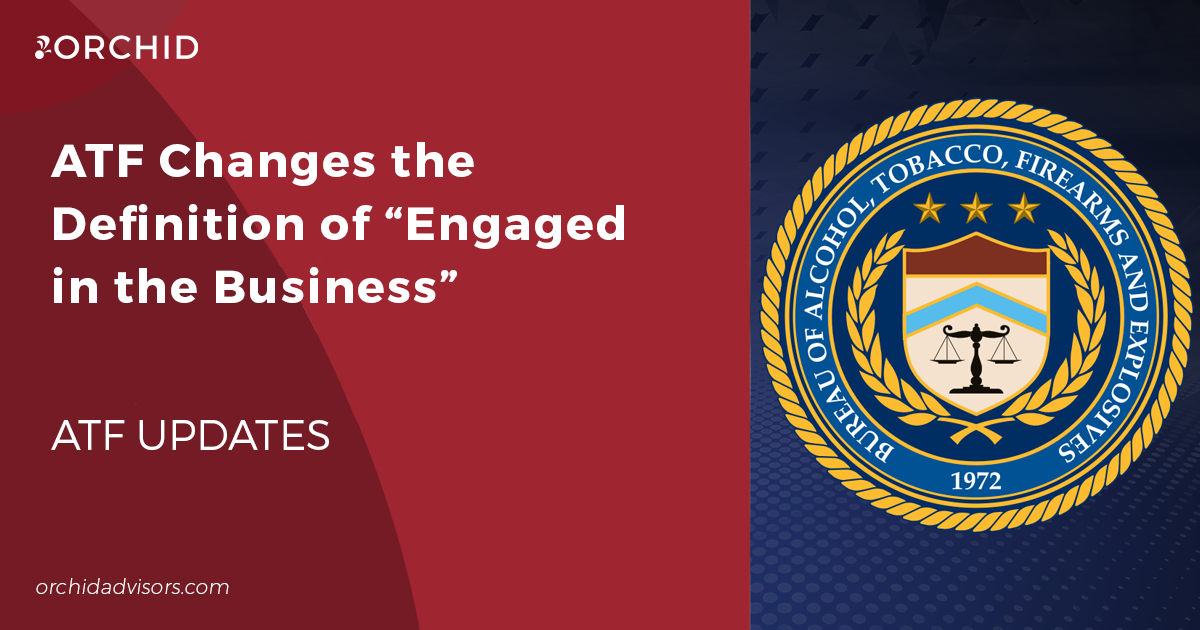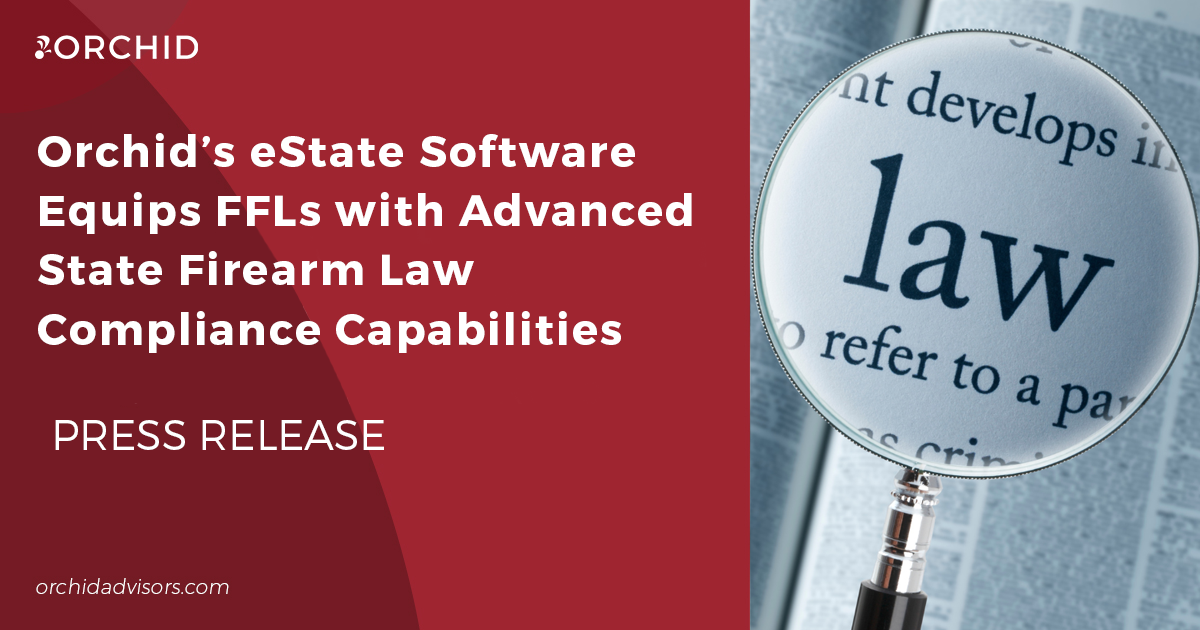As April 15 approaches, individuals and business are reviewing their operations from the previous year in preparation of their taxes. This would include any business opportunities or situations that would affect their tax liability. Likewise, Federal Firearms Licensees (FFLs) should review, on a regular basis, any changes (good, bad, or indifferent), which could impact their “business structure” and operations. Licensee should remember that business decisions based upon their tax implication might impact, unknowingly, their ability to continue act as a firearms licensee. It is also important to remember that defining business organizations according to ATF’s definition is not necessarily the same as what you may have experienced when dealing with the Internal Revenue Service.
Let’s look at some examples: If an individual acquired an existing firearms business, it should be noted that, generally speaking, FFLs are not transferable from person to person (ATF Regulation 27 CFR 478.51). That is, in the event of the sale or other transfer of operations, the successor must apply and obtain a new FFL prior to commencing operations. However, there are instances where certain individuals may continue the firearms business (through the right of succession) at the same address for the remainder of the term of the current license. Such right of succession, found in ATF Regulation 27 CFR 478.56, would apply:
1. In cases of a surviving spouse or child, executor, administrator of a deceased licensee.
2. In cases where there is a receiver or trustee in bankruptcy, or an assignee for benefit of creditors.
Such individuals need to notify ATF within 30 days from the date on which they begin to carry on the business.
Another area where the business structure may directly impact your ATF licensing is if there was a “change in control” in the business. ATF Regulation 27 CFR 478.54 defines this “change.” This would occur in instances where a corporation or association holds the FFL. The following are a couple of examples where change in control (whether actual or legal) could occur:
1. Change in stock ownership or control.
2. By operation of law.
Again, ATF must be notified within 30 days of such change and a new application must be filed upon expiration of the original license.
As is the nature of business, trade names come and go, but the ownership of the business remains the same. The same rules apply with firearm businesses. If a licensee wants to change its trade name, it does not need to acquire a new license. However, ATF needs to be notified within 30 days from when business begins under the new trade name. This is accomplished by the licensee sending his license to ATF for the endorsement of such change ATF Regulation 27 CFR 478.53).
Besides notifying of ATF any changes to the license (including those not mentioned today), Licensees are reminded to contact the appropriate state and local agencies to determine what action, if any, is required in order to continue business operations. As an example, a trade name a licensee is considering might already be registered by another business in that state.
It is always recommended that legal advice be sought out regarding any changes or proposed changes to a licensee’s business organization and operations.






0 Comments